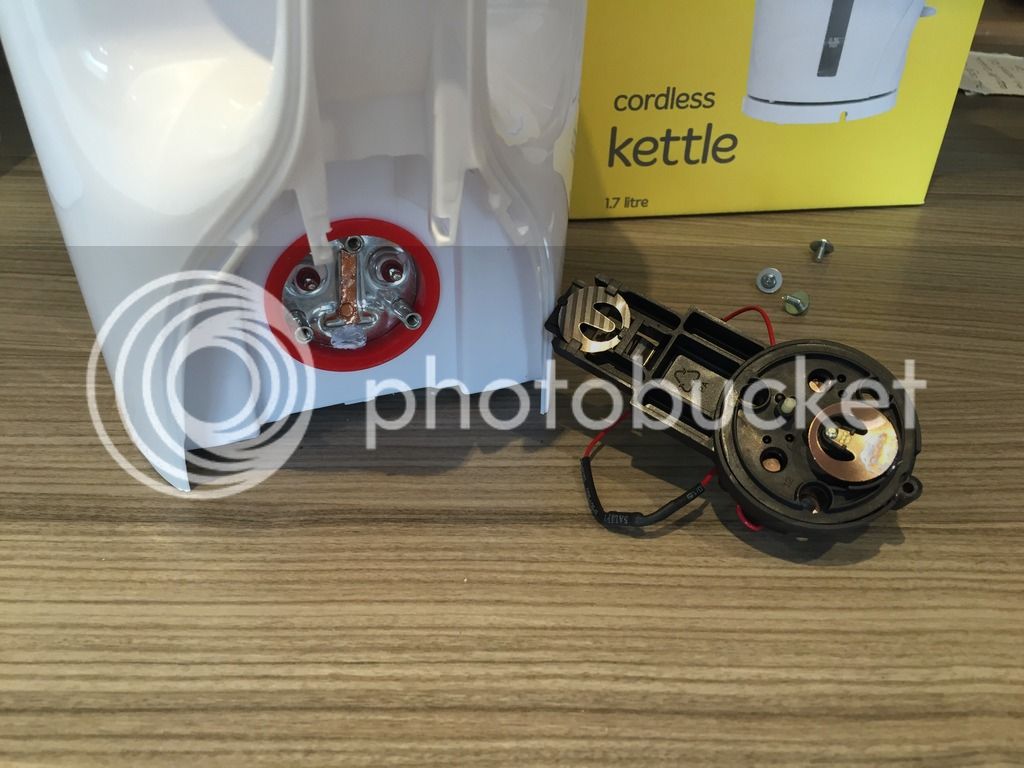Hi,
Last Christmas I got a Coopers kit as a present and although I enjoyed doing it the beer it produced wasn't anything very exciting.
This year I got the ingredients for an all grain brew and 'permission' from my fiancée to start piecing together the required equipment to start AG brewing.
I have been reading a lot of forums and articles over the last couple of days but there are still a few things I would like help clarifying. I think I am going to have to buy things a bit at a time and although I want to keep costs down a bit at this stage I don't want regret any of my purchases in 5 brews time.
So, questions:
Last Christmas I got a Coopers kit as a present and although I enjoyed doing it the beer it produced wasn't anything very exciting.
This year I got the ingredients for an all grain brew and 'permission' from my fiancée to start piecing together the required equipment to start AG brewing.
I have been reading a lot of forums and articles over the last couple of days but there are still a few things I would like help clarifying. I think I am going to have to buy things a bit at a time and although I want to keep costs down a bit at this stage I don't want regret any of my purchases in 5 brews time.
So, questions:
- For my first brew day (or couple), can I make do with a single vessel as a combined HLT and boiler? How would this work in terms of the process?
- I would like to be able to brew 5 gallon batches, what size HLT/boiler would I need?
- My plan is to convert a fermenting bucket into a boiler, for 5 gallon batches would 1 element be enough to get it to a rolling boil? If so the plan would probably be to add another later.
- As part of the kit I have, can I repurpose the fermenter into something useful going forward? It doesn't have an airlock so I think it might be better off as something else other than a fermenter?
- Last time I had an issue with keeping the fermenter warm enough, what is the best solution for this?














































